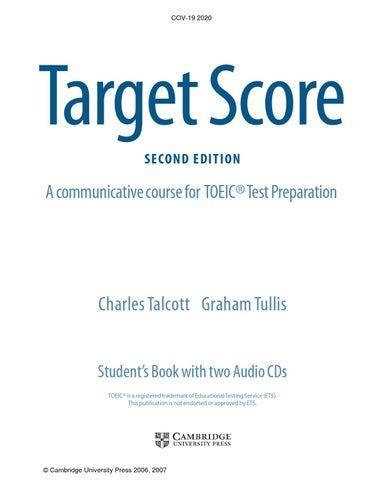Mastering Iron Gapping for Optimal Golf Performance
In the realm of golf, the subtleties of club selection can considerably impact your game. Grasping how to effectively gap your iron set is essential for golfers who wish to enhance their performance on the course. Proper gapping guarantees that each club in your bag serves a specific distance, promoting greater accuracy and consistency throughout your rounds. As players explore different configurations, tweaking lofts and club selections can reveal insights into their current skills and highlight areas needing improvement.
The Significance of Proper Iron Gapping
A solid understanding of iron gapping can greatly affect a golfer’s performance on the course. When clubs are spaced correctly, they fulfill distinct roles without overlapping distances, enhancing shot precision with every swing. This correct spacing allows golfers to achieve reliable distances with each iron, ultimately leading to improved scoring opportunities and a more enjoyable experience on the greens.
Key elements to consider when establishing gaps in your irons include:
- Ball Speed: The velocity at which the ball exits the clubface is crucial in determining distance.
- Apex Height: The peak height reached by the ball influences its ability to hold onto greens.
- Landing Angle: An optimal landing angle helps ensure that balls stop quickly upon hitting greens.
- Carry Distance: Knowing how far each club travels before touching down is vital for effective gapping.
A common oversight among golfers is neglecting improper distance gapping, which can lead to frustration during play. Clubs that cover similar distances may create uncertainty about which one to use in critical moments. By addressing these gaps and ensuring a comprehensive range of distances among clubs, you can enhance overall performance while minimizing needless strokes and making more confident decisions during play.
| Your Club | Averaged Distance (Yards) |
|---|---|
| 7 Iron | 150 |
| 8 Iron | 140 |
| 9 Iron | 130 |
| PW (Pitching Wedge) | 120 |
Your guide to Measuring Ideal Distances Between Clubs
The first step towards accurately determining how far you hit each club involves thorough testing at a driving range or practise area.Utilizing a launch monitor provides precise data regarding swing speed, launch angle, and carry distance—allowing you insight into each club’s performance under consistent conditions. This process not onyl deepens your understanding of gapping but also helps identify any significant discrepancies between clubs that could hinder overall gameplay effectiveness.
Create a simple reference chart once you’ve collected this data; it should outline how far each club travels under similar conditions while noting factors like humidity or wind that might influence results:
| Club type | Approximate Distance (yards) | |||||||||||||||
|---|---|---|---|---|---|---|---|---|---|---|---|---|---|---|---|---|
| 8-Iron | 140 | |||||||||||||||
| 7-Iron | 150 | |||||||||||||||
| 6-Iron | 160 | |||||||||||||||
| Club Type (Loft Angle) | Expected Yardage(Yards) | ‘Ideal configuration’‘}
<td align=center colspan=4 bgcolor=#eaeaea width=100% height=30px bordercolor=#ccc borderwidth=0 cellspacing= | ||||||
|---|---|---|---|---|---|---|---|---|
| ‘SWING WEIGHT’ (54°) 100 YARDS</ tr bgColor='#ffffff'–> Don’t forget personal comfort playstyle perfect set not only fits game but feels right hands always test various options before settling down since feel swing weight dramatically affects accuracy distance ensure chosen resonates with unique preferences maximizing overall success! Avoid Common Pitfalls Ensuring Effective Coverage In Your Bag!
| ||||||||






